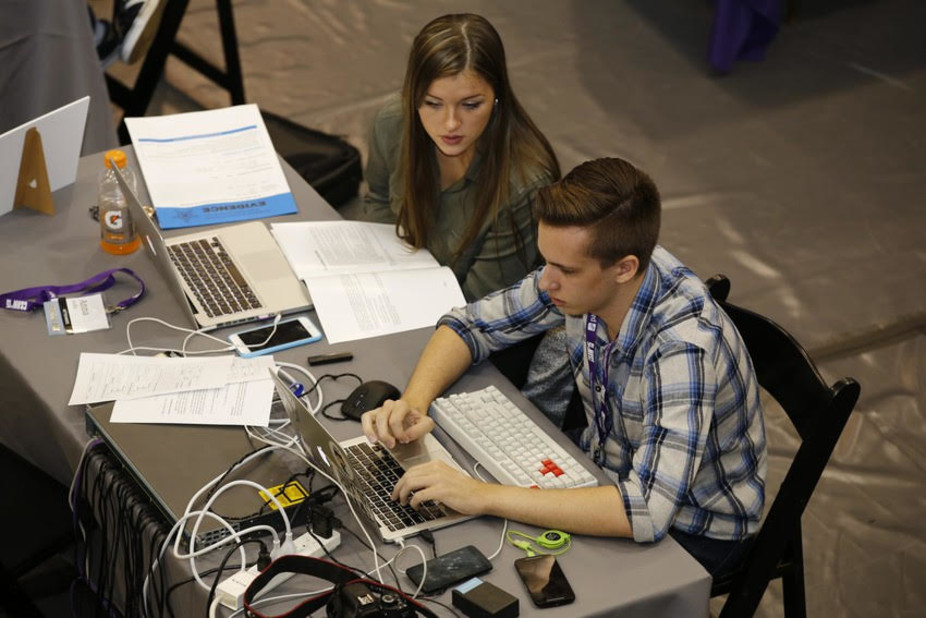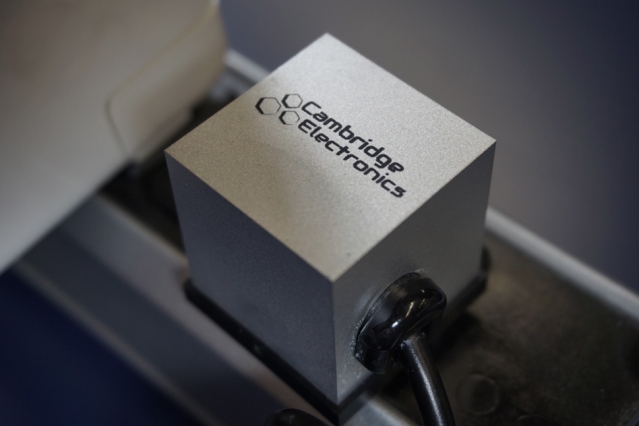
Image: CSAW, CC BY-ND
Each morning seems to bring new reports of hacks, privacy breaches, threats to national defense or our critical infrastructure and even shutdowns of hospitals. As the attacks become more sophisticated and more frequently perpetrated by nation-states and criminal syndicates, the shortage of defenders only grows more serious: By 2020, the cyber security industry will need 1.5 million more workers than will be qualified for jobs.
In 2003, I founded Cyber Security Awareness Week (CSAW) with a group of students, with the simple goal of attracting more engineering students to our cyber security lab. We designed competitions allowing students to participate in real-world situations that tested both their knowledge and their ability to improvise and design new solutions for security problems. In the past decade-plus, our effort has enjoyed growing interest from educators, students, companies and governments, and shows a way to closing the coming cyber security workforce shortage.
Today, with as many as 20,000 students from around the globe participating, CSAW is the largest student-run cyber security event in the world. Recruiters from the U.S. Department of Homeland Security and many large corporations observe and judge each competition. (Registration for this year’s competition is still open for a little while.)


 The
The  Researchers have taken a step toward the development of renewable plastics – a promising transformation from current plastics made from oil. The biodegradable material is possible due to the creation of a new catalyst.
Researchers have taken a step toward the development of renewable plastics – a promising transformation from current plastics made from oil. The biodegradable material is possible due to the creation of a new catalyst.




